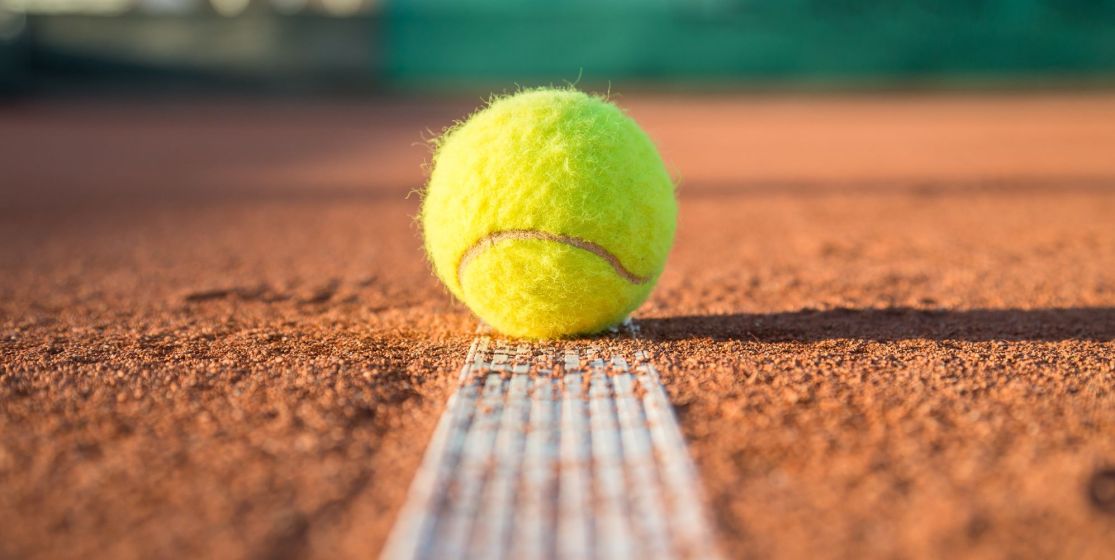Will we ever see the footage of that night again? In 1979, Ilie Nastase and John McEnroe met in "night session" in the second round of the U.S. Open for an apocalyptic match: insults and antics on the court, fights...
Will we ever see the footage of that night again? In 1979, Ilie Nastase and John McEnroe met in "night session" in the second round of the U.S. Open for an apocalyptic match: insults and antics on the court, fights in the stands, etc… However, following the public outcry the day after, it has now became really difficult, even downright impossible, to get hold of the video of this tournament.
Whatever we like it or not, there’s nothing better than violence to go down in history. This second-round match at the 1979 U.S. Open between Ilie Nastase, 33, and John McEnroe, 20, was, from this point of view, no exception to the rule. Initially, from a purely sporting point-of-view, the game had no importance whatsoever: the young American pretender defeated the fading Romanian star in four rather average sets. No, the interest was elsewhere - in the agitation it created. According to Patrice Dominguez, former national technical director at the French tennis federation and stupefied witness of the event, it made tennis authorities tougher: "It’s from this match that we thought it could no longer go on like this. We had never gone this far and no one was in control of anything! What Nastase and McEnroe did that night, no player could do it today without being punished." But speaking of that, what exactly did they do? A finger to the public to begin with! In 1979, tennis was already a TV show in its own right and when the draw threw up a high-profile match between the old Romanian rascal, a man capable of anything, and the young and foul-mouthed local talent, excitement was in the air. Quickly, they opened up a prime-time TV slot. A rushed trailer was even cobbled together for the occasion. The last thing left to do was to light the fuse... McEnroe, already famous for his antics, took care of it from the first games by giving the crowd the middle finger, and this was supposed to be HIS home-town crowd! "Then, the stands got the message and went on Nastase' side, Dominguez remembers. McEnroe didn't like that. Just beside me in the boxes, there were women who were encouraging Ilie. John booed them. He told them it was time for them to go home and make dinner!” Jokes, ludicrous pranks and conceptual deliriums, the Romanian proposed in the aftermath a medley of his best sketches. The climax? Undoubtedly when he pretended to be disturbed by the noise of the nearby La Guardia airport and begged the referee to call the control tower to suspend the planes' take-offs. For McEnroe, this was obviously only a trick to try and extend the match. "Nasty knew he was going to lose. He was at his worst, trying to save time, chatting up, and insulting the referees. In the meantime in the stands, alcohol was flowing..." Three sets passed by in more-or-less good humour, before Ilie Nastase made one joke too many early in the fourth set. Considering that McEnroe was taking too long to serve, he lay down on the court as if wanting to take a nap. The umpire, the huge and unpleasant Mike Hammond, then called him to order. Uproar. "Penalty game." More uproar. The referee, Mike Blanchard, and his forty-seven years of experience then made an appearance on the central court. Yet more uproar. Five minutes, ten minutes, fifteen minutes... the game wasn’t resuming. "Game, set and match McEnroe." Nastase was disqualified! The crowd rolled up their sleeves, ready to fight. We paid, we want the end of the show. There started a minor riot, with people fighting in the stands. The cops arrived, followed by the tournament director, who overturned the disqualification right away. He had no choice. In short, remembers Nastase, it was "complete chaos." "For nineteen minutes, while cans, cups, garbage, and even bottles were flying on the court, I was groaning, John was groaning and the public was yelling at Frank." The match finally resumed. For ten minutes only. McEnroe finished the job against a Nastase totally demotivated. Not resentful, the two artists went for dinner together in Manhattan after the shower."An Asylum!”The next day, the newspapers were, of course, all over it. Here and there, editorialists were venting their disgust of this new kind of audience brought in by the effects of TV. While Frank Hammond announced his resignation, The Times wondered what the International Federation was going do to fight the hero-worship of the bad boys. In the French magazine L'Equipe, Denis Lalanne complained of bearing witness to the abolition of the the nobility that tennis had carried for a century, and even wondered if it was actually appropriate that the little yellow ball was becoming more accessible by being broadcast on television. "We were among the underdeveloped of tennis, in an asylum!" On television, the journalist Hervé Duthu almost looked embarrassed to show a summary of the match: "Images we would like to forget soon." But calm was quickly restored. It was just the painful hazing of a sport that was slipping forever into the realm of popular sport. Fortunately or unfortunately, there would be no other match like McEnroe/Nastase... A unique match, therefore, and an almost invisible one today. On YouTube, nothing. On Dailymotion, neither. After an extensive search of the web, there are a few oddballs trying to sell extracts of the match for a ludicrous price. A DVD of the greatest undergrounds movies of the 70s recently emerged. Why not this one? By Julien Pichené






